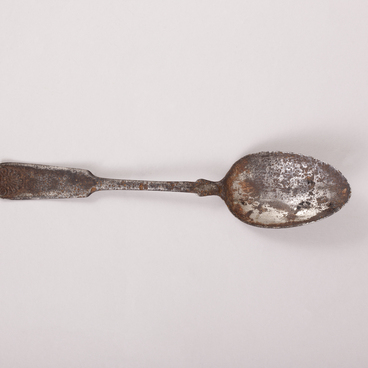During World War I, for the first time in history, armies began to use weapons of mass destruction: they carried out gas attacks and employed chemical shells. The most advanced means of protection, according to both domestic and foreign experts, was the Zelinsky-Kummant gas mask. It was made of a Kummant face-piece and a canister with Zelinsky’s coal mixture. These gas masks were distributed among the troops only in 1916. Prior to that, more primitive and less effective devices were used, for instance, cotton gauze dressings and masks of various types.
Only a small part of the army was equipped with Zelinsky gas masks by the spring of 1916. A Special Defense Meeting decided to recall all masks, except for the gas mask designed by Nikolay Dmitriyevich Zelinsky. Zelinsky’s gas mask was so popular that it was subsequently used in the Red Army.
Each factory that produced gas masks developed its own version. All gas masks were based on Kummant’s rubber face-piece and had different canisters. The one presented in the exhibition was approved by the Central Military-Industrial Committee. Although these models differed little from each other in their design and protective qualities, their simultaneous appearance in the army caused discontent and complaints among the troops: sometimes in the same unit, officers were supplied with one type and soldiers with another. The latter, naturally, thought that the quality of the officer’s gas mask was much higher.
Activated birchwood charcoal with particles of 2 to 12 mm was used for the gas masks. It was tightly stuffed into the canisters. The production of gas masks was carried out in a semi-artisanal manner, and coal was stuffed into the filters manually. The packing density sharply fluctuated, and some of the respirators became unusable as coal particles quickly turned into dust when wearing the gas mask. Hence, new reasons for discontent kept emerging.
The Zelinsky gas mask with a Kummant face-piece
approved by the Central Military-Industrial Committee was the last accepted
model. It began to enter the army in 1916 and was made of white tinplate of the
“Cross” brand or galvanized iron. Grids made of tinned wire with modules of 3
to 4 mm or stamped from tin sheets with frequent holes were soldered to the
walls of the cap. They fixed the carbon mass so that it would not escape if the
canister was densely stuffed. The cap was made of tin, the ears were also
soldered to it. They were used to attach the strap.


